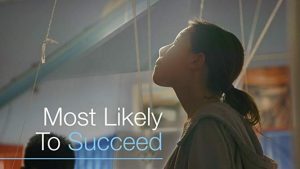This week we are learning how to use iMovie to edit video footage with film, sound, music, and green screen. We are taught to slow down footage, crop, and incorporate music. Fortunately for me, I already know how to do that. The UVIC sorority Kappa Beta Asked asked me to create their spring rush video with complete artist freedom. This is the result:
However, this lesson was beneficial to me because I learned how to use a green screen. I was provided with the footage for the ocean, chickens, and audio. I followed the guided steps to create this:
During this exploration I showcased my skills through the technology competency “Media Development” by video editing through iMovie and exploring sound through film and audio.

